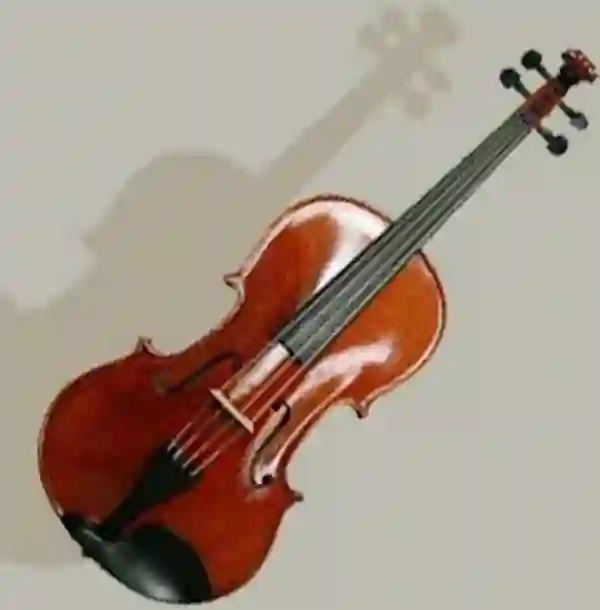Historical development of the viola - Philipp Dangas
Historical development of the viola
The viola in its current form and tuning arose in the course of the development of the medieval arm fiddles into the family of today's string instruments (violin, viola, cello and double bass ), which began in the 16th century.
Since the alto instrument had previously been the main instrument of the arm fiddle, the names of the individual members of this new family in Italian were derived from its name, now shortened from Viola da braccio to Viola: violino = small viola, violone = large viola, i.e. double bass, violoncello = small double bass. In German usage, the alto instrument was given the name viola by the peculiar "Germanization" of the word "braccio" (= arm).
Also worth mentioning here is the viola d'amore, a variant of the gamba in the alto register, which was very popular in the 18th century and has occasionally been used by individual composers to this day, although it is by no means counted among the modern orchestral instruments can be.
[Music from Dmitri Shostakovich's 8th Symphony] Download Size: 206 Kilobytes
Table summary of use of the viola in music
The table below shows the use of the viola in music shown. Musical works are performed with the name of the composer and the work.

The viola in large scale
Internal search function
| Name | Value | Delete |
|---|